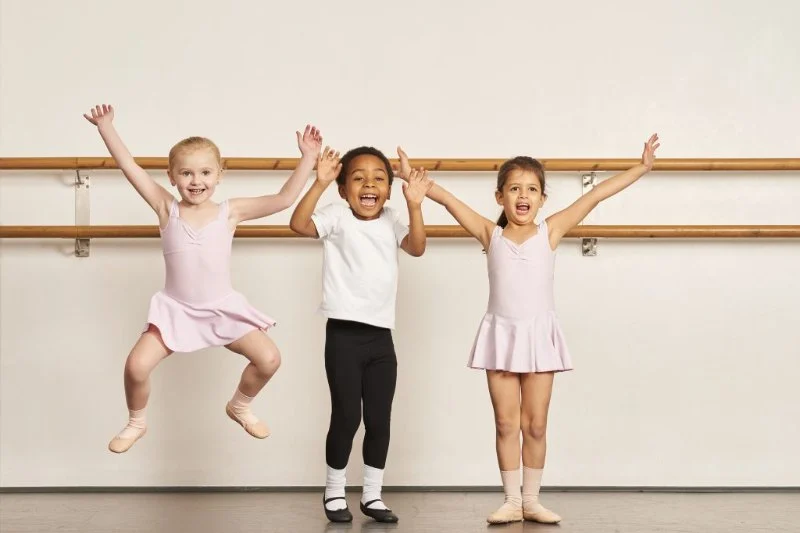
- 1. Why Do Kids Switch Dance Schools?
- 2. The Impact of Switching Dance Schools on Kids' Development
- 3. How to Make the Switch: A Guide for Parents
- 4. Choosing the Right Dance School for Your Child
- 5. Alternatives to Switching Dance Schools
1. Why Do Kids Switch Dance Schools?
Switching dance schools is a decision that many kids and parents face for various reasons. It’s not uncommon for children to move from one dance school to another, whether due to personal preferences, schedule conflicts, or issues with teaching styles. Some of the most common reasons kids switch dance schools include:
- Different Teaching Styles: Some kids may thrive under a certain teaching method or style. If a particular dance school doesn’t align with their learning preferences, they might choose to move to one that offers a different approach.
- Location and Convenience: Convenience plays a large role in a child’s dance school attendance. A long commute to class may lead parents to seek a closer school, especially if the current school no longer fits into their family’s schedule.
- Competition and Social Dynamics: Sometimes, kids switch dance schools due to the social atmosphere. Issues such as bullying, peer pressure, or not fitting in can cause a child to seek a more supportive environment.
- Advanced or Specialized Programs: As children grow, they may develop an interest in specific dance styles, such as ballet, jazz, or hip-hop. If their current school doesn’t offer the type of training they desire, they might move to a school that specializes in that style.
2. The Impact of Switching Dance Schools on Kids' Development
Switching dance schools can have both positive and negative effects on a child’s development. Understanding these impacts is crucial for parents considering the change:
- Positive Impact: A change in dance school can offer a fresh start, new learning opportunities, and exposure to a different dance community. For example, if a child was struggling with a particular style or teacher, moving to a school with a better fit can reignite their passion and motivation.
- Negative Impact: On the downside, switching schools too often can disrupt a child’s sense of stability. They may miss out on building long-term relationships with peers and teachers, which can affect their social and emotional development. Additionally, moving to a new environment might cause initial feelings of insecurity and anxiety.
3. How to Make the Switch: A Guide for Parents
If you are considering switching your child’s dance school, it’s important to approach the decision thoughtfully. Here are some steps to ensure a smooth transition:
- Communicate with Your Child: Before making any decisions, talk to your child about their concerns and reasons for wanting to switch. Understanding their perspective can help guide your decision.
- Research New Schools: Take the time to visit other dance schools, speak with instructors, and observe classes. This will help you gauge whether the new school will meet your child’s needs and learning style.
- Consider Your Child’s Commitment: Switching dance schools may require your child to adapt to a new schedule, class structure, or performance expectations. Ensure that they are ready for the change and committed to continuing their dance education.
- Be Honest with the Current School: If your child is currently enrolled in a dance school, it’s important to have an open conversation with the instructors about the decision to leave. Maintaining good communication can ensure a respectful exit and may even help identify areas for improvement in your child’s current school.
4. Choosing the Right Dance School for Your Child
Choosing the right dance school can be a daunting task, especially after switching. Here’s how to make an informed choice that aligns with your child’s goals:
- Evaluate the School’s Curriculum: Look at the school’s curriculum and see if it offers the style and level of dance your child wants to pursue. Schools that specialize in different dance genres may provide a more tailored learning experience.
- Check the Instructors' Credentials: The experience and teaching style of the instructors can greatly influence your child’s growth. Ensure the teachers are highly qualified and capable of offering both technical expertise and emotional support.
- Visit the School: Attend classes and observe the atmosphere. Is it welcoming? Do the students seem happy and engaged? This can give you a sense of whether the environment is a good fit for your child.
5. Alternatives to Switching Dance Schools
Sometimes switching dance schools isn’t the best solution, and there are alternatives that can address your child’s needs without the disruption of changing environments:
- Private Lessons: If your child is struggling in a class or wants more personalized attention, private lessons may be a viable option. This allows for a more individualized approach to their learning without leaving their current school.
- Summer Programs or Workshops: Many dance schools offer summer intensives or specialized workshops that can give your child exposure to different teaching styles or dance genres.
- Talk to the Current School: Before making a final decision, consider discussing your concerns with the current school. They may be able to offer a solution, such as a change in class level or teacher, to better meet your child’s needs.
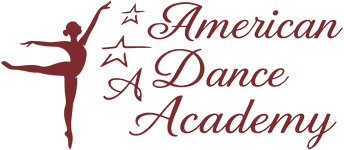


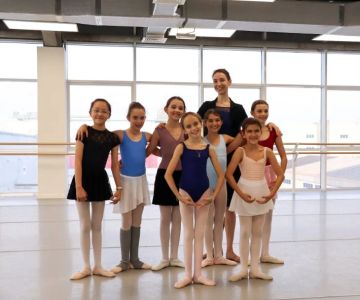


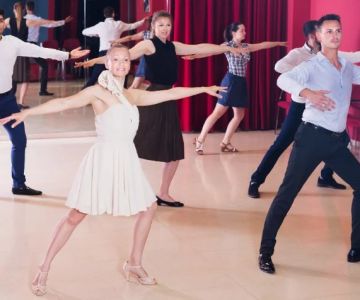
 Barrington Dance Academy5.0 (22 reviews)
Barrington Dance Academy5.0 (22 reviews) Canyon Concert Ballet4.0 (17 reviews)
Canyon Concert Ballet4.0 (17 reviews) Big City Dance Center LLC4.0 (25 reviews)
Big City Dance Center LLC4.0 (25 reviews) Tye Chua Dance & Kalamazoo Ballet5.0 (18 reviews)
Tye Chua Dance & Kalamazoo Ballet5.0 (18 reviews) Fenton Ballet Theatre4.0 (24 reviews)
Fenton Ballet Theatre4.0 (24 reviews) Front Street Dance Center5.0 (7 reviews)
Front Street Dance Center5.0 (7 reviews) Are There Dances in Middle School? What Students and Parents Should Know
Are There Dances in Middle School? What Students and Parents Should Know How a Dance School in Instagram Builds Community and Success
How a Dance School in Instagram Builds Community and Success Why Do Schools Teach Square Dancing?
Why Do Schools Teach Square Dancing?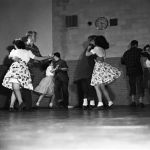 Why Was Square Dancing Taught in School?
Why Was Square Dancing Taught in School? Why Swing Dance Is Popular for Adults
Why Swing Dance Is Popular for Adults A School Dance: How to Prepare, Shine, and Make It Unforgettable
A School Dance: How to Prepare, Shine, and Make It Unforgettable